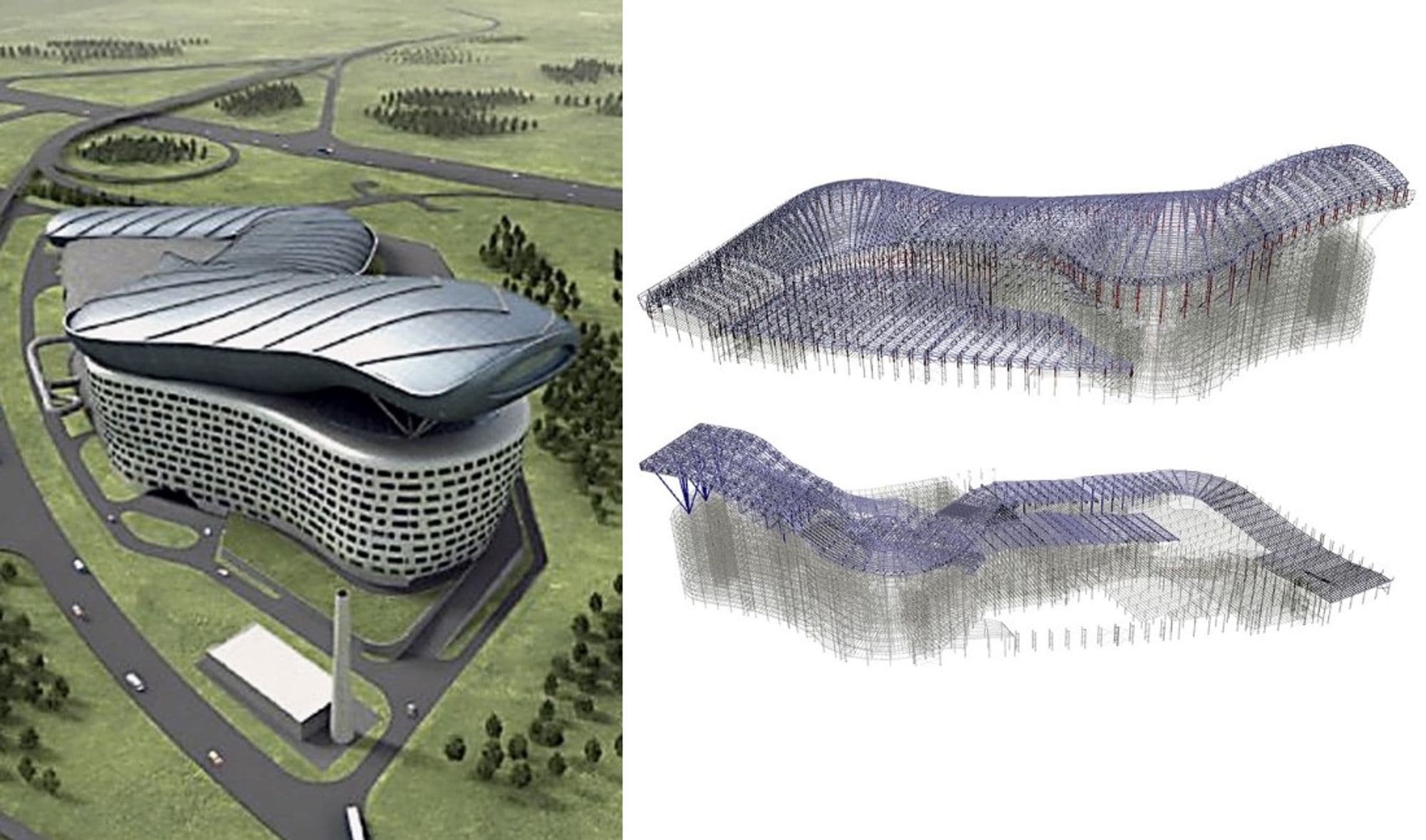
The Art Of Digital Sculpting: What Is Computational Design And Engineering?
In the dynamic field of modern architecture, the integration of computational design software into the design process is playing an increasingly influential role in the way that structures are developed. Computational design and engineering is a blend of art and technology that is reshaping the way in which architects and engineers approach design. This article explores the concept of computational design and its transformative impact in the field of architecture in the UK and internationally.
What Is Computational Design?
Computational design refers to the use of digital tools and algorithms to generate architectural concepts and designs. It employs mathematical equations to create patterns, shapes, and structures that would be challenging, if not impossible, to produce manually. The result is a new world of intricate, precise, and innovative designs that push the boundaries of what is possible in architecture.
The main difference between computational design and CAD (Computer Aided Design) is the mathematical approach adopted by computational design for the creation of complex geometries, objects, and architectural structures. Many computational design platforms use visual programming workflows based on algorithms and parameters, with text-based programming to supply additional functions when required.
What Is Parametric Structural Design?
Parametric design is a subset of computational design that uses parameters and rules to define a model. Changes to these parameters automatically alters the design, allowing architects to explore various design scenarios to achieve optimal results.
Applications In Architectural Design And Engineering
Computational design is becoming a fundamental part of architectural design processes for several reasons.
-
Concept Design: In the early stages of design, computational tools enable architects and engineers to explore a wider range of design concepts quickly and easily, allowing greater creative freedom, flexibility, and innovation.
-
Exploring Geometries: Computational design excels at creating complicated geometries. Architects and engineers can explore new forms and shapes, expanding the scope of traditional architecture.
-
Structural Analysis and Optimisation: Computational design allows engineers to analyse and optimise a wide range of materials and structural components, ensuring they are utilised efficiently and sustainably in the structure.
-
Rationalising Complex Geometries: Beyond creating complex shapes, computational design also helps rationalise these forms, making them more feasible and practical to build. It can break down intricate designs into simpler components, making the construction process more manageable.
Software For Computational Design
There are several professional software tools available for computational design, each with its unique strengths. Rhino with Grasshopper, for instance, is well-known for its powerful parametric capabilities. Autodesk’s Dynamo is another important computational design tool, particularly useful due to its seamless integration with Autodesk’s BIM software application, Revit.
Next Steps
By blending art and technology, computational and parametric structural design offers unprecedented opportunities for innovation, efficiency, and creativity. For architects, embracing computational design can lead to more refined and individualised outcomes, pushing the boundaries of what is possible in architectural design.
For expert insights into computational design and engineering, please speak to our Associate Javier Gutierrez by emailing jgutierrez@fentonholloway.com.
/Javier%20Gutierrez%20-%20Specialist%20Engineering%20-%20Long.webp)

.png?width=365&height=215&name=Brochure%20CTA%20(1).png)